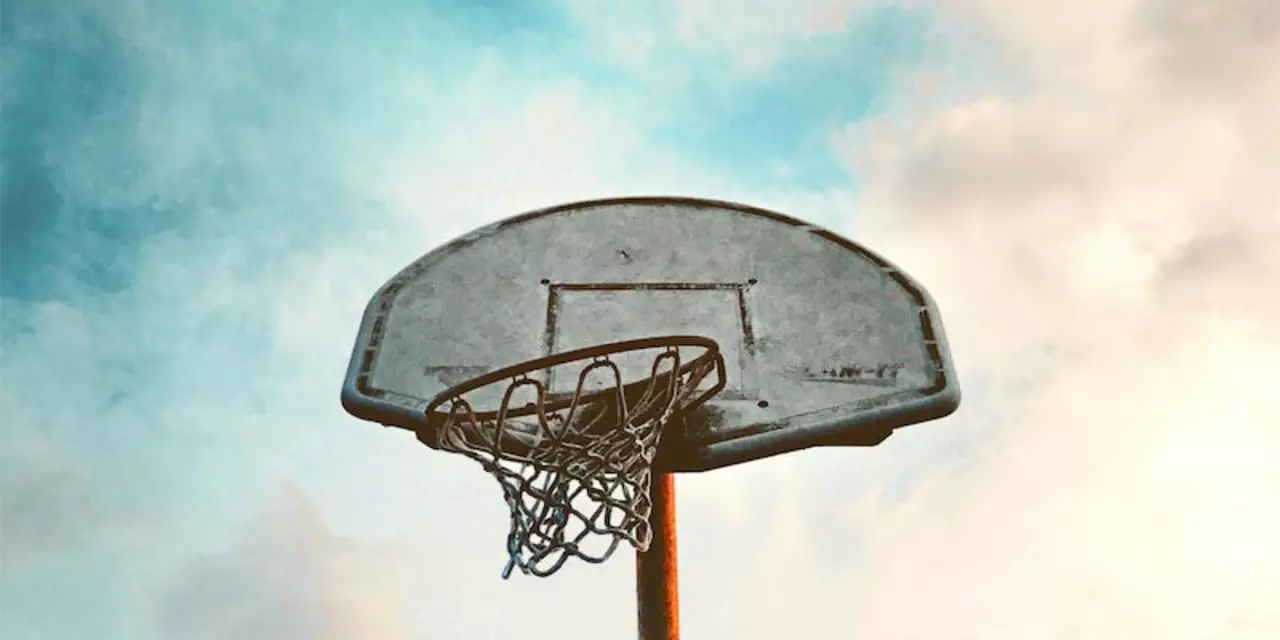Sports – Latest News, Trends and Deep Dives
When you think about sports, organized physical activities that bring together individuals or teams in competition. Also known as athletics, it shapes culture, fuels economies and sparks endless conversation. football, the world’s most‑watched team sport, generates massive stadium crowds and global TV deals shows how a single game can dominate headlines. In a similar vein, rugby, a high‑impact code with roots in British schools, is gaining traction thanks to record‑breaking viewership. Meanwhile, basketball, a fast‑paced court game that blends skill and spectacle, fuels discussions about coaching legacies, and the NFL, America’s premier football league, constantly redefines what a dynasty looks like. Those four arenas illustrate how sports connects fans, players and media worldwide.
How Sports Links to Training, Community and Media
Sports encompasses competition, requires disciplined training, and influences community spirit. The first semantic triple: Sports requires regular training to improve performance. The second: Sports influences local economies through stadium events. The third: Sports shapes cultural identity by creating shared moments. Whether a youngster laces up a football boot or a seasoned pro studies game film, the training grind behind every headline is the same engine. Communities rally around local clubs, turning match days into social gatherings that boost small businesses and foster pride. Media outlets, from traditional broadcasters to streaming platforms, amplify these stories, turning a single goal or try into a global conversation.
Our recent posts illustrate that breadth. A Premier League clash at Stamford Bridge highlighted how an early strike can change tactical dynamics. A women’s rugby semi‑final broke viewership records, proving that audience appetite is expanding beyond traditional men’s leagues. A debate over a legendary coach’s championship tally showed how legacy fuels fan debates. And the chatter about a potential NFL dynasty underscores how sustained success captivates both casual fans and analysts alike. Each piece reflects a different slice of the sports universe, yet they all share the same core: the excitement that competition brings.
Below, you’ll find a curated collection of articles that dive deeper into these topics. From match reports and record‑setting viewership stats to coaching trivia and franchise predictions, the lineup offers fresh angles and practical takeaways. Keep reading to see how each story fits into the larger picture of sports today.
How to scientifically explain good days and bad days in sports?
Good days and bad days in sports can often seem random and unexplainable. But, science suggests that there is a very real and tangible explanation for it. There is an increased likelihood of having a 'good day' in sports when the athlete is well-rested and in a positive mental state. Conversely, fatigue, negative emotions, and poor sleeping habits can lead to a 'bad day'. To increase the chances of having a good day, athletes need to prioritize health and recovery, practice positive thinking, and get adequate rest. With the right preparation and mindset, good days in sports can be scientifically explained and improved.
What sports teams are in Columbus, Ohio?
The city of Columbus, Ohio, is home to two major sports teams: the Columbus Blue Jackets, a National Hockey League (NHL) team, and the Columbus Crew SC, a Major League Soccer (MLS) team. Additionally, the city is home to several minor league teams, including the AAA Columbus Clippers (baseball), the ECHL's Columbus Cottonmouths (hockey) and the Arena Football League's Columbus Destroyers (indoor football). The city also hosts a few college teams, such as the Ohio State Buckeyes, who compete in the Big Ten Conference. Columbus is also home to several semi-professional teams and recreational leagues, as well as a number of youth sports teams.

